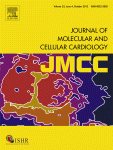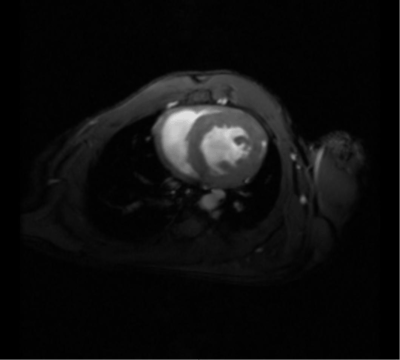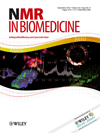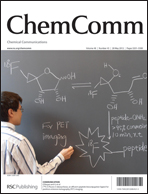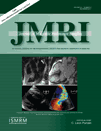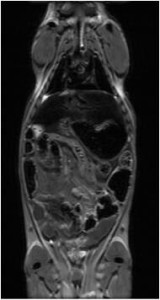 “Brain magnetic resonance in experimental acute-on-chronic liver failure” by L. Chavarria, M. Oria, J. Romero-Giménez, J. Alonso, S. Lope-Piedrafita, and J. Cordoba.
“Brain magnetic resonance in experimental acute-on-chronic liver failure” by L. Chavarria, M. Oria, J. Romero-Giménez, J. Alonso, S. Lope-Piedrafita, and J. Cordoba.
Liver International 33 (2013) 294-300. DOI: 10.1111/liv.12032
Liver failure causes brain edema that can lead to intracranial hypertension and death. It is currently uncertain whether this water accumulation is predominantly intracellular or extracellular, something important to determine in order to apply the most adequate therapeutic measures. The aim of this study was to investigate the mechanisms involved in the neurological manifestations occurring in an experimental acute-on-chronic liver failure rat model that combines sustained liver injury with a factor inducing an inflammatory response.
Continue reading Brain magnetic resonance in liver failure


